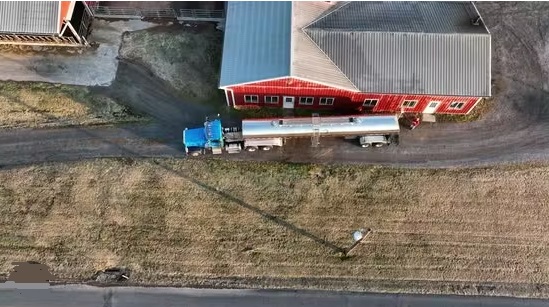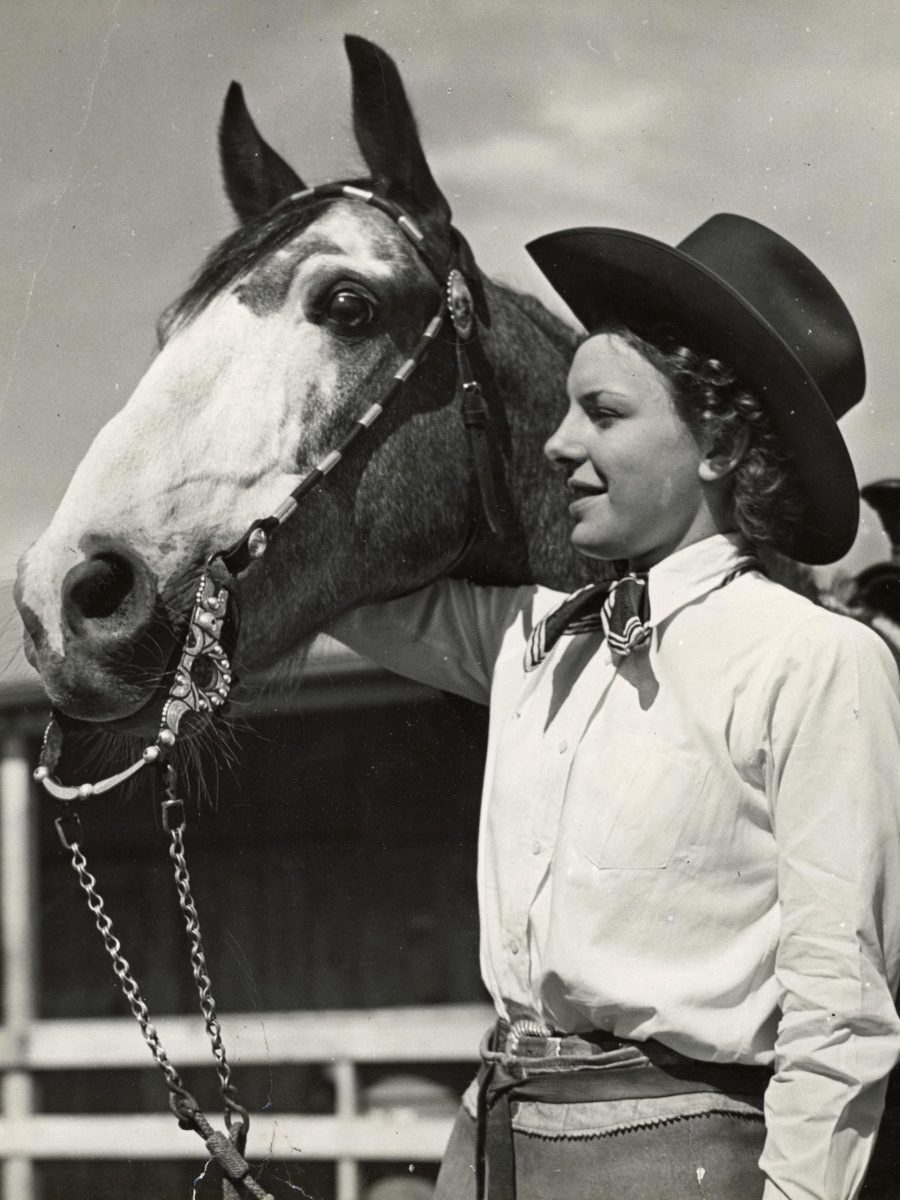PIERRE, S.D. – The current outbreak of Highly Pathogenic Avian Influenza, which traces all the way back to 2022, is unusual in not only the fact that it’s infecting dairy cattle, but also that cases are continuing to be diagnosed in the warmer summer months. Bernt Nelson, an economist with the American Farm Bureau Federation, says even though the virus typically scales back in the summer, that’s not the case this year.
Nelson says, “Recently, we did have a few cases pop up in Colorado. We had 3.4 million birds affected in a couple of different egg production facilities. This was the largest outbreak so far in the U.S. concentrated in a single day.”
He added, “But we do have some good news on the dairy front. Things are slowing down just a little bit. And as we went through June, that we started to see some days towards the end of June and getting through July, where we had a couple of days where we didn’t have any detections. Overall, we’re up to about 172 total detections in dairy cattle.”
Nelson says dairy markets haven’t taken much of a hit, though. He says, “You know, we see a reduction in milk production, anywhere from 20 to 30 percent with the virus. That’s one of the symptoms. And so, in the South especially, that dropped milk production around two percent and at the same time, we saw demand kind of drop off to about two percent, so the prices stayed about the same. Now, as things have gone on, detections in the South have slowed. Production has ticked back up.”
He says this will be a key storyline as we head into the fall. Nelson says, “The majority of Turkey in the United States is consumed on Thanksgiving. And so, if we look at the USDA July Livestock, Dairy, and Poultry Outlook, May turkey production was down around close to ten percent compared to last year. When we’re looking at a 10 percent reduction and we’re still seeing this kind of uptick in avian influenza, this may prove to be kind of a volatile market as we work our way closer to Thanksgiving.”












